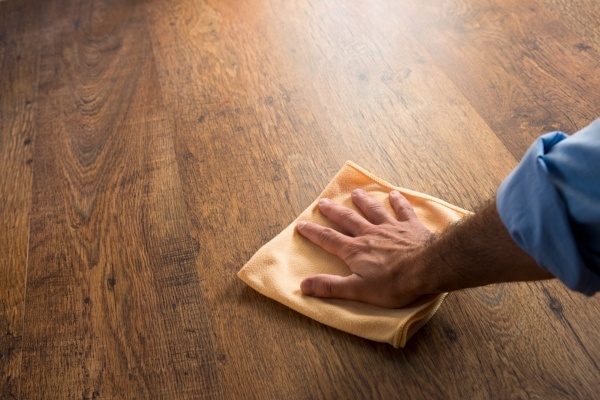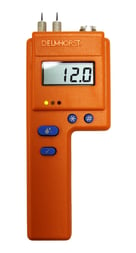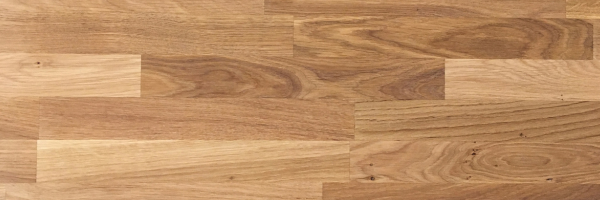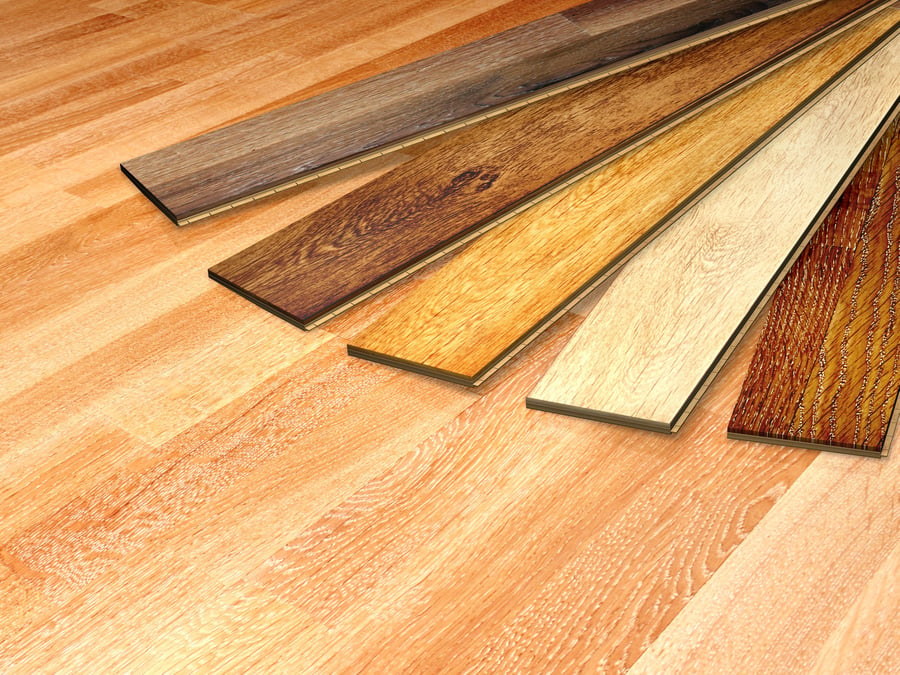Hardwood Floor Moisture Warning Signs to Look Out For

Hardwood flooring systems are incredibly sensitive to moisture. As a hygroscopic material, wood will typically absorb or let off moisture until it reaches an equilibrium with its environment. Additionally, excess moisture can promote the growth of mold and bacteria, weakening the wood and creating health hazards when they multiply.
The longer moisture issues go unnoticed, the worse they can become. Because of this, it’s important to detect these issues as early as possible. In fact, if the problem can be found early and fixed, the repair costs will typically be less than they would if it were allowed to fester.
The question is, “how can you find moisture problems in wood flooring early?”
Keeping an eye out for hardwood flooring moisture warning signs is an important first step.
The Obvious Signs of Moisture Issues
There are many issues that occur in wood floors that are readily identifiable. And, for these obvious signs of moisture issue, the wood may be too far gone to allow it to be reused.
These obvious signs of moisture issues include:
- Cupping. As wood absorbs moisture, it can swell. When hardwood flooring swells too much, individual boards will start to push out around the edges and be higher than the center—creating an indentation that runs the length of the board that gives it a “wavy” appearance.
- Crowning. If cupping is when the sides of the board are higher thanthe center, crowning is the inverse problem. Sometimes, if there is more moisture in the center of the hardwood than the edge, the center may rise. Or, if a cupped board is sanded down to be flat, the board may appear to be crowning when the moisture conditions of the board return to normal.
- Warping/Buckling. When a concrete subfloor has excess moisture in it, the evaporating water can be absorbed by the wood floor above it. This can cause the wood to pull away from the subfloor and separate. In extreme cases (typically involving prolonged exposure to water), the board may peel several inches away from the subfloor.
Typically, these signs are readily visible at a glance. If they are caught and addressed in time, the wood can be brought back to a usable state. However, if the moisture problem is bad enough and these issues are not addressed, it is too late to save the wood floor.
Early Warning Signs of Moisture in Flooring
Early warning signs of moisture problems are, generally speaking less obvious than the dramatic flooring failures list above. However, spotting moisture problems early on can be helpful in minimizing the damage they cause.
Some early warning signs of moisture problems in wood floors include:
- Persistent Water Condensation. If water droplets continually form on the surface of a wood floor without an apparent source, it could be an indication of excess moisture in the board. Because high relative humidity (RH) conditions can cause condensation on surfaces, the RH conditions of the room should be checked with a thermo-hygrometer.
- Musty Odors. As bacteria and mold multiply, they may give off strong, musty odors. Because moisture promotes the growth of mold and bacteria in wood, this can serve as a warning sign of a moisture intrusion problem.
- Discoloration of Flooring Finishes. In many hardwood floors, the presence of excess moisture can cause a slight discoloration of the wood’s finish. If there is a splotchy, mismatched look to the finish of some wood boards compared to others, it may be a sign of moisture intrusion.
- Pest Infestations. Some pests, like termites, thrive in wood that has excess moisture. If there is a sudden infestation of these pests, that could indicate that there is too much moisture in the wood.

Many of these warning signs are indirect indications of moisture problems in hardwood floors. To make sure that you’ve correctly identified a moisture issue in a hardwood floor, it’s important to get a quantitative measurement of the moisture content (%MC) of the flooring in question.
The best tools for getting this information would be hardwood floor moisture meters like Delmhorst’s own BD-2100.
With a moisture meter for wood, it’s possible to get a fast reading of the %MC of wood flooring in just a couple of seconds. This, in turn, allows you to verify whether or not the wood is at risk of developing a moisture-related problem such as mold growth or warping right away.
Get some peace of mind about your hardwood flooring by using a wood moisture meter to verify its moisture content today. Need to know more about using moisture meters for wood floors? Check out Delmhorst’s complete guide to measuring moisture in flooring below!
Subscribe to Our Blog
Post Related

Why Flooring Installers and Inspectors Use Moisture Meters for Wood


